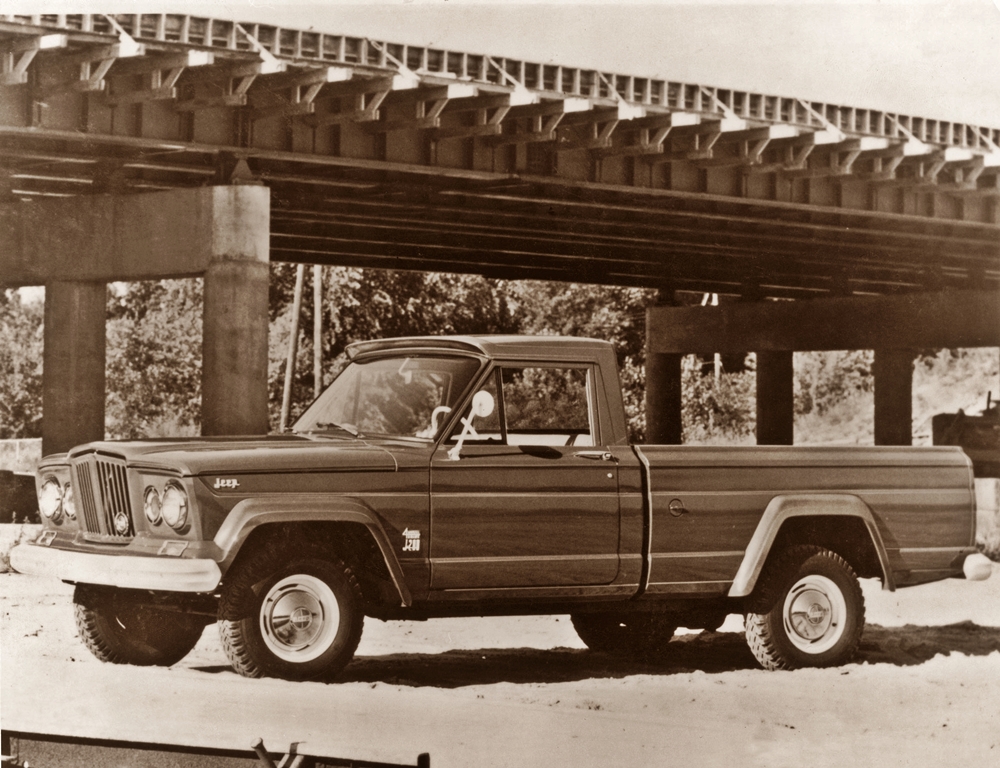The original Jeep – more correctly known as the Willys Jeep – was used in World War II and Land Rover developed its own model along the same concept.
Jeep is so well known for its 4×4 vehicles (which we call SUVs today) that even our Road Transport Department (JPJ) classifies SUVs as ‘jip’ in the registration data up till today.
Although the original Jeep design used during the war is what people know Jeep started off with, it also produced pick-up trucks at one time. Between 1956 and 1965, a model known as the Jeep Forward Control (FC) was produced and sold mainly to government agencies and the commercial sector.

Diversifying into other segments
The FC model was developed to diversify Jeep’s product range as the market for utility vehicles became more competitive. While conventional truck design had the engine ahead of the cabin, Brooks Stevens, the designer, decided to take a different approach.

He placed the engine under the cab which was good for space-efficiency, hence the forward control layout. To provide brand identity, the grille on the flat front end resembled the 7-slot design used for Jeeps.
Initially, the odd appearance and forward control didn’t appeal to some buyers. However, over time, the FC was accepted and in one year, almost 10,000 vehicles were sold.
Sitting on the CJ-5 chassis
While its ‘cab forward’ design had little in common with traditional Jeep vehicle body design, the FC was actually built on top of the CJ-5 chassis with a rear cargo bed attached to the cabin.

The FC layout allowed the cab to be compact, which meant the cargo area could be relative long even though the vehicle had a modest length of 3.8 to 4.6 metres (depending on the version). “More cargo space! On less wheelbase! And goes ‘anyplace’!” was one advertising line for the FC at the time.
5 versions, 3 engines
Jeep produced at least 5 different versions with engine sizes of 2.2 litres, 3.7 litres and 4.5 litres and manual transmissions with 3 or 4 speeds, and a 3-speed automatic transmission. A transfer case delivered power to the rear wheels so it has 4-wheel drive when needed.

Military orders and overseas production
In 1964, the US military also contracted Jeep to make FC vehicles for the navy and marine corps. The vehicles had a different engine (a 3-cylinder, 2-stroke diesel) and drivetrains, and were toughened for use in more extreme operating conditions.
The FC was also made under licence outside America in the 1960s. In India, Mahindra & Mahindra produced 4 versions while in Spain, the company that was making Jeeps also produced the FC.

The Gladiator takes over
In the nine years that the FC was in production, slightly more than 30,000 units were sold and the number was not high enough to persuade Jeep management to extend its life.
The more conventional looking Gladiator, which had been launched in the early 1960s (also designed by Stevens) took over as Jeep’s representative in the pick-up segment to this day.


